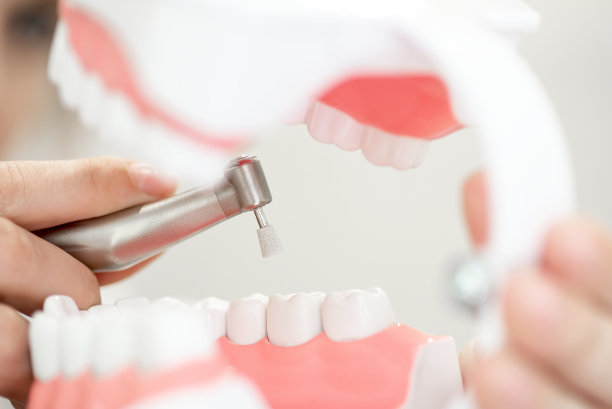The Comprehensive Guide to Understanding Dental Implant Treatments for Restoring Smiles and Enhancing Oral Health
Summary: Dental implant treatments have emerged as a significant solution for restoring smiles and enhancing oral health. This comprehensive guide explores the various aspects of dental implants, including their types, benefits, procedures, and aftercare. Understanding these facets is crucial for anyone considering dental implants as a viable option for tooth replacement. The article aims to equip readers with valuable information to make informed decisions about their oral health, ensuring not only functional improvements but also renewed confidence in their smiles.
1. Types of Dental Implants Available

Dental implants come in several types, primarily distinguished by their design and the way they are placed in the jawbone. The most common types include endosteal implants, which are inserted directly into the jawbone, and subperiosteal implants, placed under the gum but above the jawbone. Understanding the differences can help patients choose the best option tailored to their individual needs.
Endosteal implants are often cylindrical or screw-shaped, made from biocompatible materials such as titanium. They are considered the standard choice and are generally awarded high success rates. On the other hand, subperiosteal implants are rarer and might be recommended for patients who do not have sufficient healthy jawbone to support an endosteal implant.
Other variants include zygomatic implants, which are anchored in the cheekbone instead of the upper jawbone, providing an alternative for those with severe bone loss. Identifying the right type of dental implant is a crucial step in the treatment process and requires a thorough consultation with a dental professional.
2. Benefits of Dental Implant Treatments
The benefits of dental implants extend beyond mere aesthetics. Primarily, they serve to restore functionality, allowing patients to eat and speak with confidence. Unlike dentures, which can shift and cause discomfort, dental implants offer a stable solution that mimics the function of natural teeth.
Additionally, dental implants have significant long-term health benefits. They help maintain jawbone density, preventing bone deterioration that often accompanies tooth loss. This preservation of bone structure not only sustains facial aesthetics but also promotes oral health overall.
Finally, dental implants improve self-esteem and confidence. Patients often report feeling more attractive and assertive post-treatment, leading to enhanced social interactions and overall quality of life. These multifaceted benefits make dental implants an attractive option for those seeking tooth replacement.
3. The Dental Implant Procedure Explained
The dental implant procedure typically involves several stages. Initially, a comprehensive examination is conducted, which may include X-rays and 3D imaging to assess bone density and formulate a treatment plan. This planning is vital to ensure successful implant placement.
The second stage involves the surgical insertion of the implant itself into the jawbone. This minor surgical procedure is performed under local or general anesthesia, minimizing discomfort. After the implant is placed, a healing period follows, during which osseointegration occurs—this is when the bone fuses with the implant, providing a stable foundation.
Once healing is complete, which may take several months, an abutment is attached, serving as a connector between the implant and the final restoration, usually a crown. After this, the custom crown is created and affixed, completing the process. Each phase is crucial for the success of the dental implants, underscoring the importance of following a dentists recommendations throughout.
4. Post-Procedure Care and Maintenance
After receiving dental implants, proper care is essential to ensure longevity and maintain oral health. Regular oral hygiene practices, such as brushing twice a day and flossing, should be continued and may be enhanced by using antibacterial mouthwash.
Additionally, patients should schedule regular check-ups with their dental professional to monitor the health of the implants and surrounding structures. Routine professional cleanings can assist in maintaining optimal oral hygiene and identifying any potential issues early on.
Patients are also advised to avoid hard foods and to be cautious when biting down on tough materials during the initial healing phase. Following dietary guidelines provided by the dentist can help in achieving the best results from the implants. Adhering to this aftercare routine is vital for the success and durability of dental implants.
Summary:
This guide provides a thorough exploration of dental implant treatments, emphasizing the types available, their benefits, the detailed procedure, and essential aftercare. Understanding these elements can empower individuals to make informed choices about their dental health.
This article is compiled by Vickong Dental and the content is for reference only.



